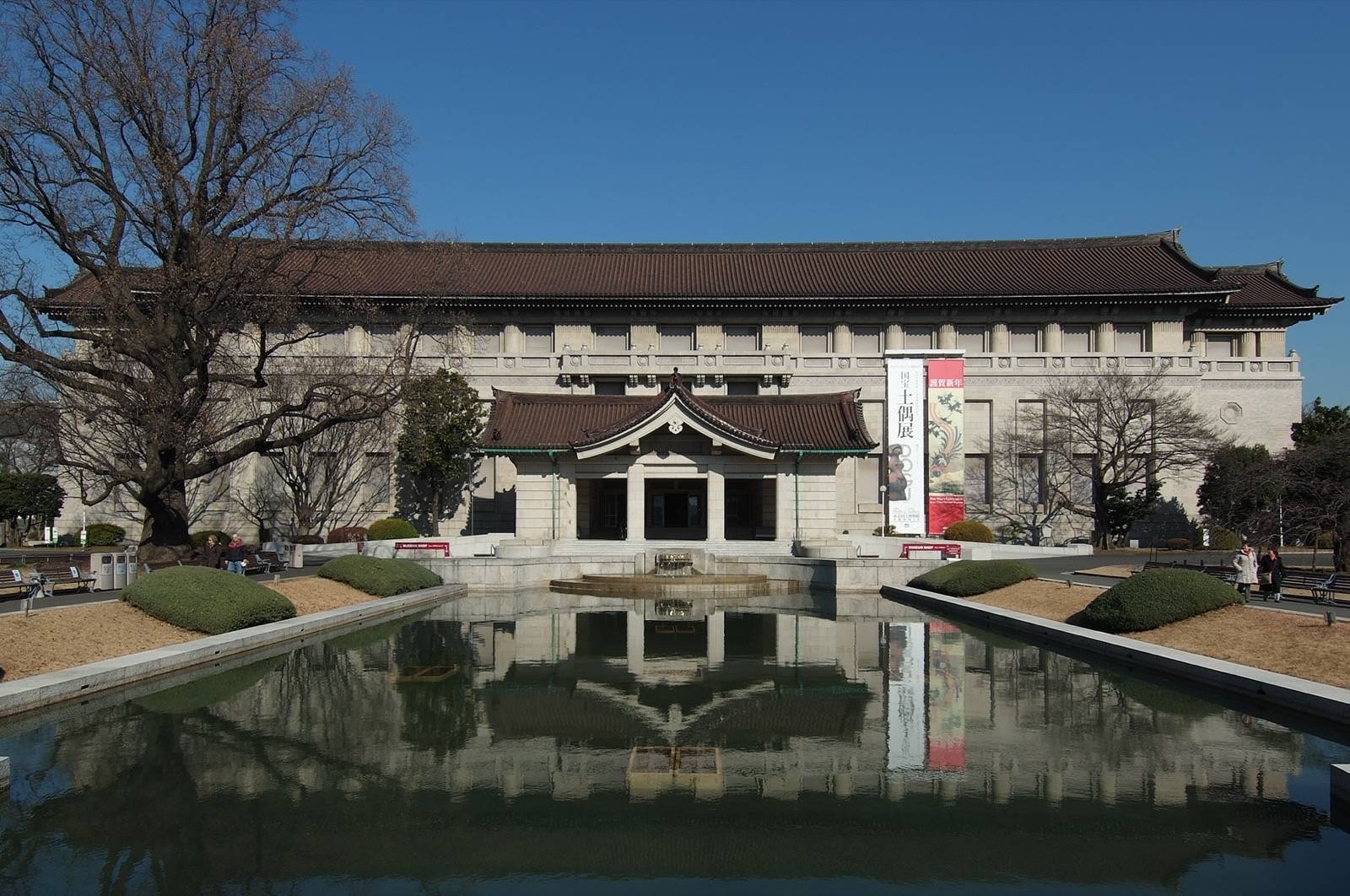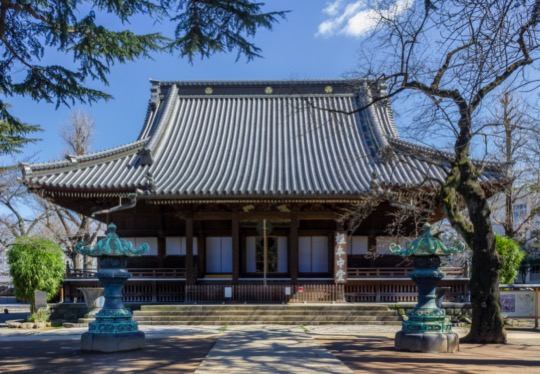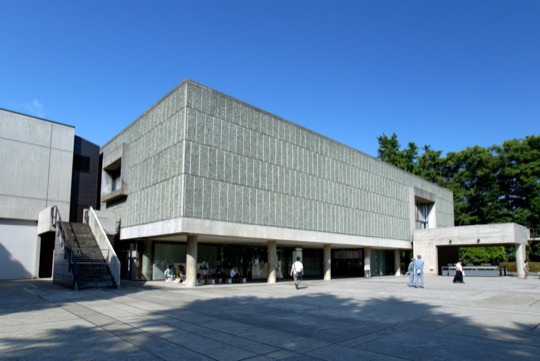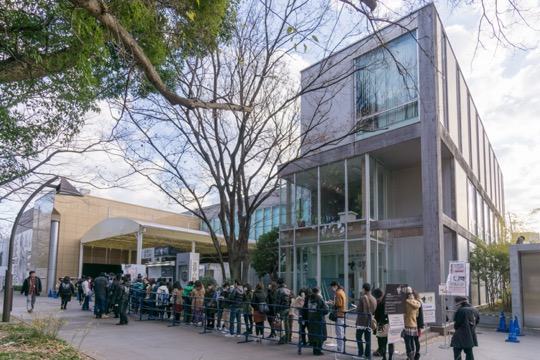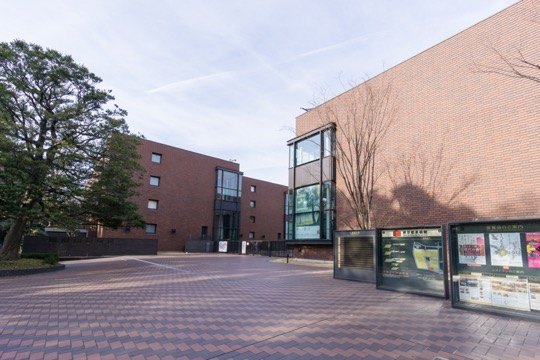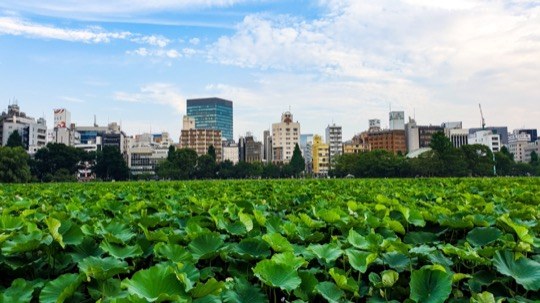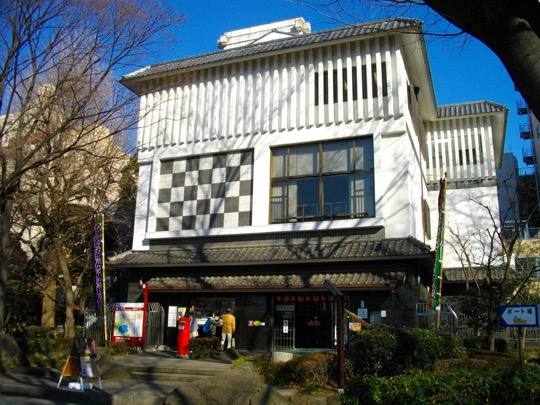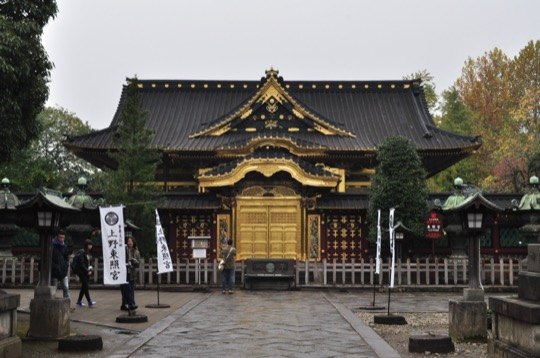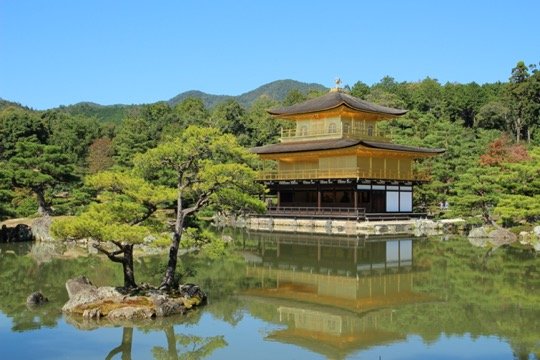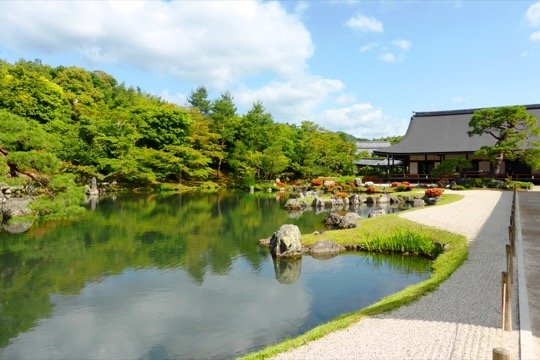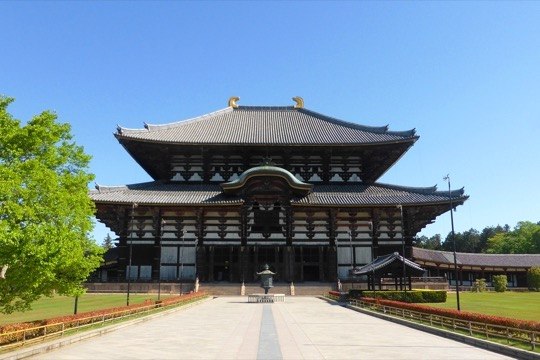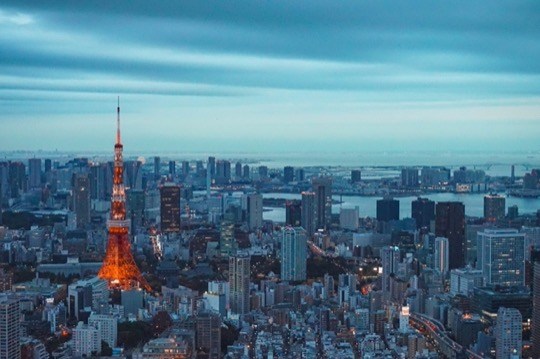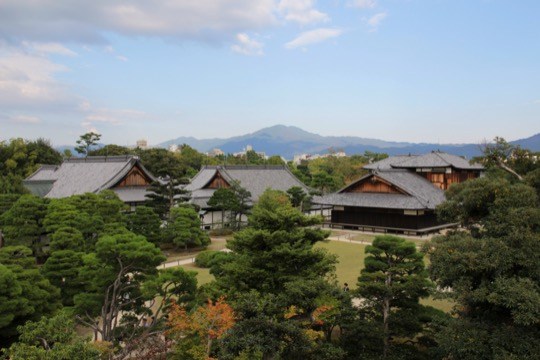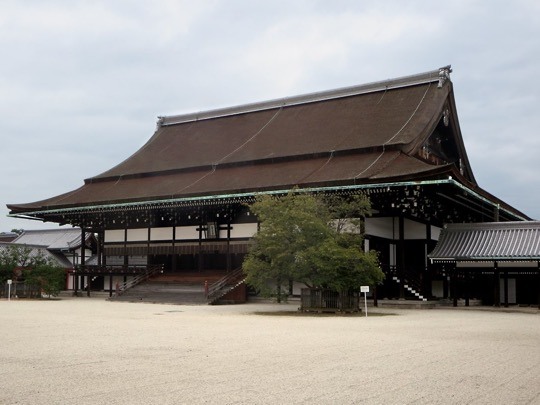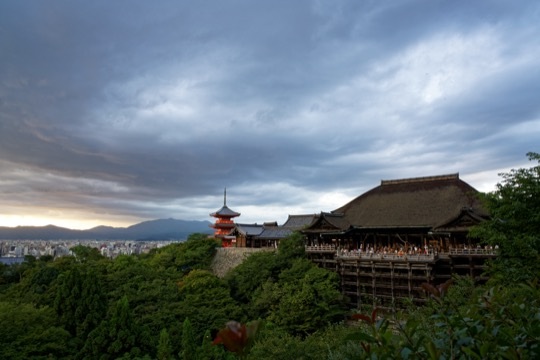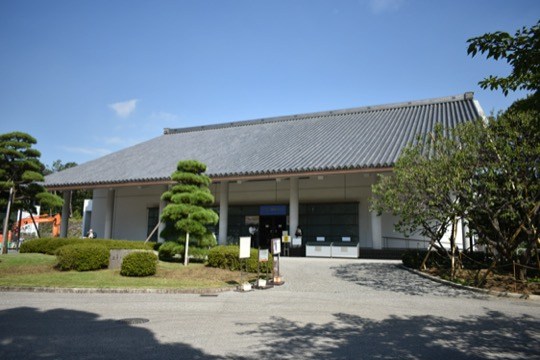Tokyo National Museum
Japan’s Premier Institution for Historical and Cultural Preservation
On This Page
Nestled in Ueno Park, the Tokyo National Museum is Japan’s foremost institution for historical and cultural preservation. Established in 1872, it boasts an impressive collection of approximately 120,000 objects, including 89 National Treasures and 649 Important Cultural Properties. The museum offers visitors an insightful journey through Japanese and Asian art with both permanent and rotating exhibitions.
The Tokyo National Museum (TNM) serves as a testament to Japan’s commitment to preserving its heritage. As the oldest national museum in Japan, it is a significant art museum with a vast collection that covers Japanese history from prehistoric times to the Edo period (1603-1868). The TNM presents a wide range of historical artifacts, such as sculptures, swords, and lacquerware, and has a special emphasis on Asian art, including Greco-Buddhist art from the Silk Road.
The Honkan, or Japanese Gallery, is the centerpiece of the museum, with 24 exhibition rooms filled with Japanese art forms and cultural artifacts. Reconstructed in 1931 following the Great Kanto earthquake, the Honkan building is a fusion of Japanese and Western design and has been recognized as an Important Cultural Property.
With more than its indoor exhibits, the museum’s outdoor exhibitions and garden provide a scenic setting that enhances the visitor experience. The TNM also contributes to research and education, organizing various public events focused on art and culture.
The museum complex encompasses several buildings, each dedicated to different aspects of art and history. The Toyokan focuses on art from across Asia, the Heiseikan is used for special exhibitions and archaeological displays, the Horyuji Homotsukan displays treasures from the Horyuji temple, and the Kuroda Memorial Hall is dedicated to the works of artist Kuroda Seiki.
As a part of Japan’s National Institutes for Cultural Heritage, the Tokyo National Museum has grown in alignment with the nation’s cultural policies. It has transitioned from a past that included natural history to its present role as a custodian of Japan’s cultural legacy, making it a key destination for those interested in the art and culture of Japan and Asia.
Getting There the easiest way to reach Tokyo National Museum
Around Tokyo National Museum
Nearby in Tokyo the best attractions close to Tokyo National Museum
Ameya-Yokocho Shopping Streets
A historic Tokyo market street that mirrors Japan’s vibrant post-war transformation.
National Museum of Western Art
A testament to the interaction between Japanese and Western art through the Matsukata Collection
Tokyo Metropolitan Art Museum
A nexus for modern and contemporary art in Tokyo’s cultural heartland
